30 Days Wearing A Glucose Monitor: Here’s What I Learned (and a discount for you!)
For the last 30 days, I wore a continuous glucose monitor.
This post shares all about my experience, what I learned, and if a CGM is right for you to try.
As a nurse and holistic health coach, I thought I understood blood sugar — until I wore a continuous glucose monitor (CGM) for 30 days. I saw firsthand how my blood sugar levels fluctuated in response to my diet, exercise, stress levels, and even illness. Bad night of sleep? You bet that influenced things, too.
I was honestly shocked. As a self-proclaimed wellness geek, I was nerding out on all the graphs and insight.
But maybe the most shocking thing of all was that being mindful of my blood sugar led me to lose 5 pounds over the course of the month—without any other changes.
This post will cover why balancing blood sugar levels is important for holistic health, how to easily incorporate mindful blood sugar practices into your daily routine, and my personal blood glucose graphs from a month using a CGM. 👀
What Is a Continuous Glucose Monitor (and Why I Tried It)
A continuous glucose monitor (CGM) is a small sensor that measures your glucose levels throughout the day and night—usually every few minutes. It’s often used for people with diabetes, but recently, wellness enthusiasts and healthcare providers have been using them to better understand how daily habits impact blood sugar and metabolic health.
I used a CGM through Signos, which easily connected to an app on my phone. It continuously tracked my glucose and displayed easy-to-read graphs showing how my levels responded to meals, workouts, sleep, and stress.
I decided to try it for a few reasons:
Professional curiosity: I talk about blood sugar regulation with my clients often, and I wanted to see what my own data looked like. Like, do I actually practice what I preach.. and if so, does it work?
Personal goals: I was curious about how my glucose levels affect how I feel throughout the day, and if there was room to better optimize them.
Holistic health connection: Balanced blood sugar supports everything from mood and focus to weight management and hormone balance. Since that is kind of my jam around here, I thought it’d be a perfect step towards better wellness.
What Exactly Is Blood Sugar — and Why It Matters for Holistic Health
When we talk about blood sugar (also called blood glucose), we’re referring to the amount of sugar circulating in your bloodstream at any given time. This sugar comes from the carbohydrates you eat — things like fruits, grains, and even starchy vegetables — and it’s your body’s primary source of energy. After you eat, your blood sugar rises (a totally normal and healthy response).
Your pancreas then releases insulin, a hormone that helps move that glucose out of the blood and into your cells, where it’s used for energy or stored for later. That rise and fall in blood sugar is completely normal — it’s how our metabolism is designed to work.
The problem arises when those swings become too extreme or too frequent. Chronically elevated or unstable blood sugar levels can lead to fatigue, irritability, increased cravings, mental health struggles, hormonal imbalances, and eventually, more serious concerns like insulin resistance, inflammation, and weight gain.
From a holistic health perspective, balanced blood sugar is one of the foundations of wellness. It affects nearly every aspect of how you feel — physically, mentally, and emotionally.
When your blood sugar stays steady throughout the day, you’re more likely to experience:
Sustained energy (no more mid-afternoon crashes)
Balanced mood and focus
Fewer cravings and emotional eating episodes
Improved sleep quality and hormone balance
Healthier metabolism and weight management
Not to mention, these benefits translate into lifelong pancreas and endocrine health— or in other words, if you care about your blood sugar levels now, you are setting up your body to prevent diabetes in the future 👏
What fascinated me most during my 30-day experiment was seeing just how sensitive my body was to certain foods, stressors, and habits. Watching those glucose graphs fluctuate in real time was like watching my body communicate — every spike, crash, or smooth line told a story about what was (or wasn’t) supporting balance.
Mindful Blood Sugar Practices You Can Start Today
Now, here’s the truth: you do not need a fancy glucose device to be more intentional about your blood sugar levels. There are several things that you can do for free to help support your body’s natural blood sugar response. I actually have a whole post on the topic, but here is the quick and dirty version:
Prioritize protein and fiber at every meal.
Pairing protein and fiber with carbohydrates slows digestion and glucose absorption, leading to steadier energy levels and fewer crashes. Think eggs with veggies, Greek yogurt with berries, or a balanced smoothie with nut butter and chia seeds.Move your body after eating.
Even a short 10–15 minute walk after meals helps muscles use glucose more efficiently, lowering post-meal blood sugar spikes and supporting long-term metabolic health.Manage stress and sleep.
Chronic stress and poor sleep increase cortisol, a hormone that raises blood sugar. Mindfulness practices, deep breathing, and getting 7–9 hours of quality rest can improve both insulin sensitivity and overall hormonal balance.
A Peek Into My Personal Blood Sugar Levels + Overall Experience
I wore the Signos CGM for 30 days— and it brought me through the entire month of October, which was actually such a cool time to do it. At the beginning of the month, my family traveled to the Oregon coast, so I got to see how my blood sugar responds to “vacation mode” and eating things outside of the “norm”.
I also wore the CGM during quite a few trunk-or-treat and fall parties. too 😅
This was really cool to see, just how much that occasional treat influences your blood sugar— and not only for that singular event. After enjoying some treats, my blood sugar was less stable for ~12 hours. While I don’t say that to induce food fear, I think it is important to know when balancing treats and nutrition.
Now, here’s the fun stuff… Here are my own personal screenshots from the CGM app, and in the comment below the image, I give some context to what I was doing or eating.
The two little circles with a fork and spoon? Those indicate a meal was tracked. In this case, I tracked my breakfast after I ate it so it doesn’t exactly coincide with my blood sugar rise. But you can see how there is no big spike or volatile blood sugar fluctuations after my breakfast. My energy was also so good this morning! For breakfast, I had 3 whole eggs, ½ cup of cottage cheese with Everything but the Bagel seasoning, and a piece of Ezekiel sprouted bread with microgreens.
Healthy carbs, fats, protein, and fiber ✅
This screenshot shows my morning breakfast— the exact same thing as the day before (not to be confused with the previous picture), but instead of a 50+ spike, it was less than 40. The only thing that I did differently was add another whole egg and a thin slice of cheese. Adding these 2 things added ~100 calories of healthy fats and proteins.
I think one of the most useful features for me was the “fast rise predicted” alerts— when your CGM measures a quick rise in blood sugar (usually shortly after a meal or high-carb snack), you get an alert with a 15-minute window of suggested ways to lessen the spike. Knowing I was headed to the gym, I was curious about testing out how my body responded to exercise immediately after sugar consumption. This graph shows the steep incline after snacking on a mini snickers from my kid’s trunk-or-treat haul and a coffee with collagen and cream.
Normally, this would not be my pre-gym snack, but it was a really fun experiment to see how immediately upon starting to exercise, the incline leveled out and then began dropping as my body used that sugar from my blood stream.
My biggest spike I ever recorded while wearing the CGM 😅 This was taken the night we attended a Trunk-or-Treat at my parents’ church. I knew I would be having more sugar than normal, so I made sure to have a high-protein dinner with fewer carbohydrates.
At the event, I drank a cup of hot apple cider and ate 2 fun-size candies. Not only did this spike my blood sugar up into the 160s (the highest it got was 164), but it also caused some big fluctuations during the night (rather than looking like gentle rolling hills for fluctuations, they were a lot more rigid and spiked while my body tried to regulate them). I also woke up feeling like I did not have the greatest night of sleep.
What I learned..
This was one of the most eye-opening things I have done for my health in a long time. I could tangibly see the effects my diet and lifestyle had on my blood sugar— a very important marker for overall health and wellness.
Here are some of the biggest takeaways after this experience:
Protein, protein, protein— I have always known the importance of protein in my diet, but this really enforced it. I also learned that my blood sugar levels stay steadier ( as does my energy), when I prioritize healthy fats and fewer carbs.
What was interesting was that I could eat the exact same number of carbs throughout the day, but when paired with more protein, the blood sugar spike was not as high.
The importance of moving—When the weather is nice, my family is really good about taking a long walk after dinner. This type of movement helps to prevent big spikes, which then, in turn, sets me up for better, more restorative sleep at night. Heading into winter, this served as a good reminder to stay active and prioritize gentle movement, especially after large meals.
Fiber- personally, I am on a mission to incorporate more fiber into my diet. Not only for digestion, but blood sugar balance too!
Hydration- Another thing I have personally been slacking on when it comes to nutrition is hydration. I’ve mentioned in recent posts that my morning routine has been in a bit of a whirlwind since starting a homeschooling hybrid a couple of months ago. I’ve noticed that when I am not as intentional about a big glass of water in the morning, the rest of the day tends to follow that pattern.
Signos also includes AI features, which are pretty cool and super insightful. After tracking your food and exercise, it gives you weekly “Metabolic Check-Ins” to show you what caused the biggest glucose spikes, dips, and advice on how to have more stable blood sugar the next week. Here is an example of what the weekly insight looks like:
This was from my very first week using the CGM— and I was so happy to see overall how balanced my blood sugar was… This was not the same result I got the following week when my family was vacationing and eating treats haha. But still, it was so informative and helpful!
CGM— is it right for you?
While a CGM has been incredibly educational for me and my personal health, I don’t necessarily think it is right for everyone. If you are someone with a history of eating disorders or anxiety around what you eat, this may not be helpful for you. You have to make a knowledgeable decision on your own personal health.
There are several categories, though, that I believe wearing a CGM would be very beneficial for. These include:
prediabetic- Obviously, if you are prediabetic, having a better understanding of your blood sugar levels and how diet and exercise influence them is a huge benefit! If you are able to manage your blood sugar through diet and exercise, you can prevent progression into diabetes.
PCOS or other hormonal imbalances- many hormonal imbalances, especially PCOS, are closely linked with insulin resistance and blood sugar imbalances. Again, getting a better understanding of your blood sugar and how to holistically balance it, can be a game-changer!
struggling to lose weight- while I did not set out to lose weight while using this CGM, I lost 5 pounds over the month. I think between being more mindful of extra sugar, I naturally lessened my caloric intake. Add on the fact that I was being more intentional about movement and walking after meals, and I burned some extra calories, too.
As always, nothing on this blog is medical advice. Make sure to do your own research and consult with your personal health care provider to determine what is right for your personal health goals :)
FAQ’s
Does applying the sensor hurt?
Honestly, not at all. I’ll be honest, I was a little bit intimidated by it at first. I actually asked my sister in law to do it for me lol. But we were both shocked. I only felt the pressure of the device being pushed against my skin, not the actual needle of the small wire being inserted. To be frank, taking it off hurt worse because it’s like a really sticky, sticky Band-Aid.
What about after you insert the monitor? Is it sore while you have it on?
Again, not at all. Most of the time, I completely forgot I was wearing one. I worked out with it, wore snug clothing over it, and went about all my usual activities without it ever hindering movement or causing discomfort. Every once and a while, I would be putting on a sports bra or a snug-fitting top and feel it tug a bit, but nothing significant or painful at all.
How much does it cost?
Signos offers 2 different subscription plans:
3 months for $139/month
6 months for $129/month
Not only does the subscription include the sensor, the app, but a ton of education. I was actually really impressed with the daily lessons that Signos guides you through on the app. You learn all about blood glucose, exercise, fiber, and even some fun guided experiments to see how your own blood sugar is influenced by daily diet and activities.
Signos shared an exclusive discount for readers to save $10 with code KHANSEN
Final Thoughts
If you are looking to improve your health, get personal insight into your wellness, balance your hormones, or even lose weight, a CGM through Signos can be a great option to look into. If you have any questions about the experience, let me know! I’d love to help answer any of your questions.
Kaelyn


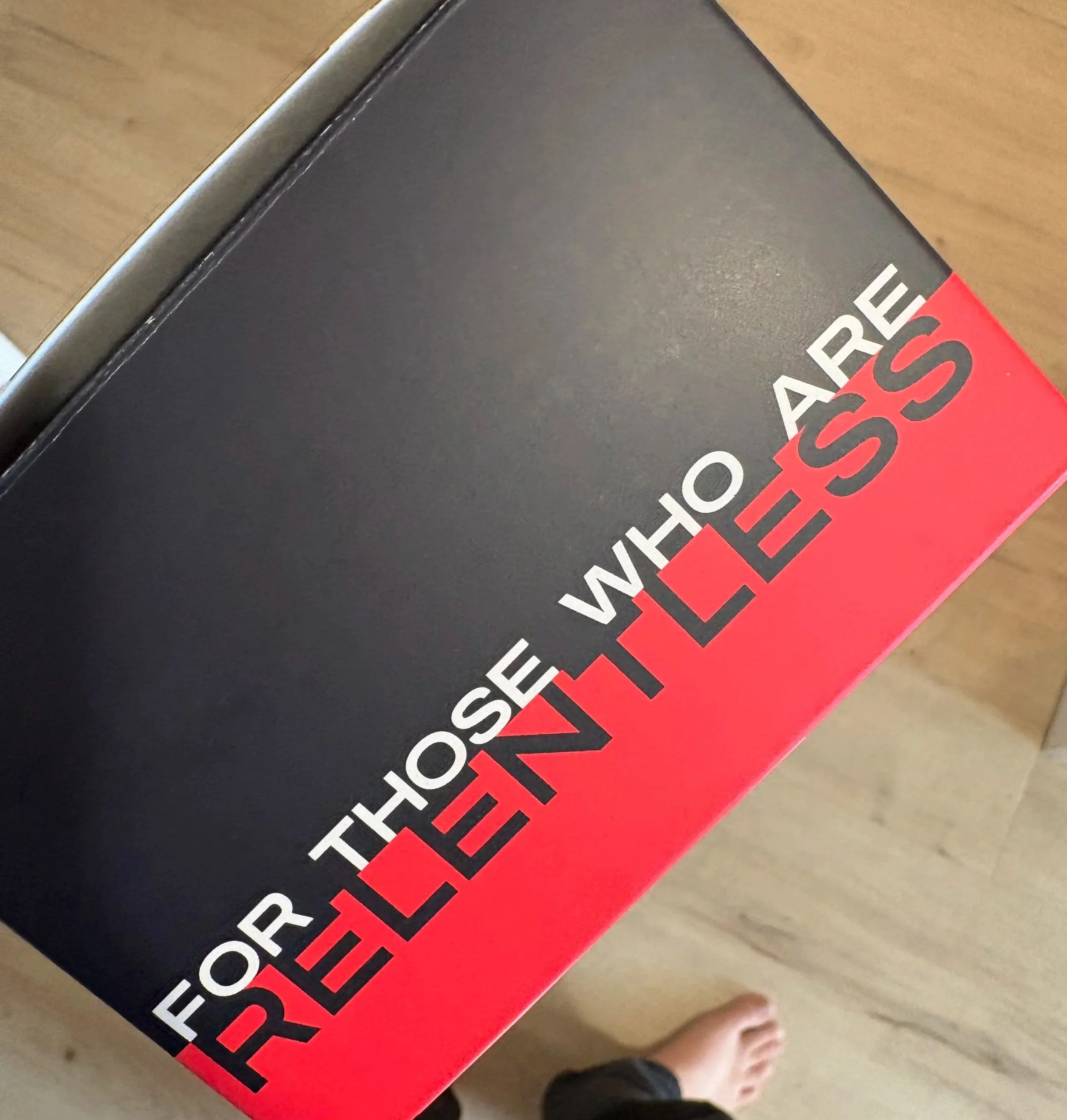


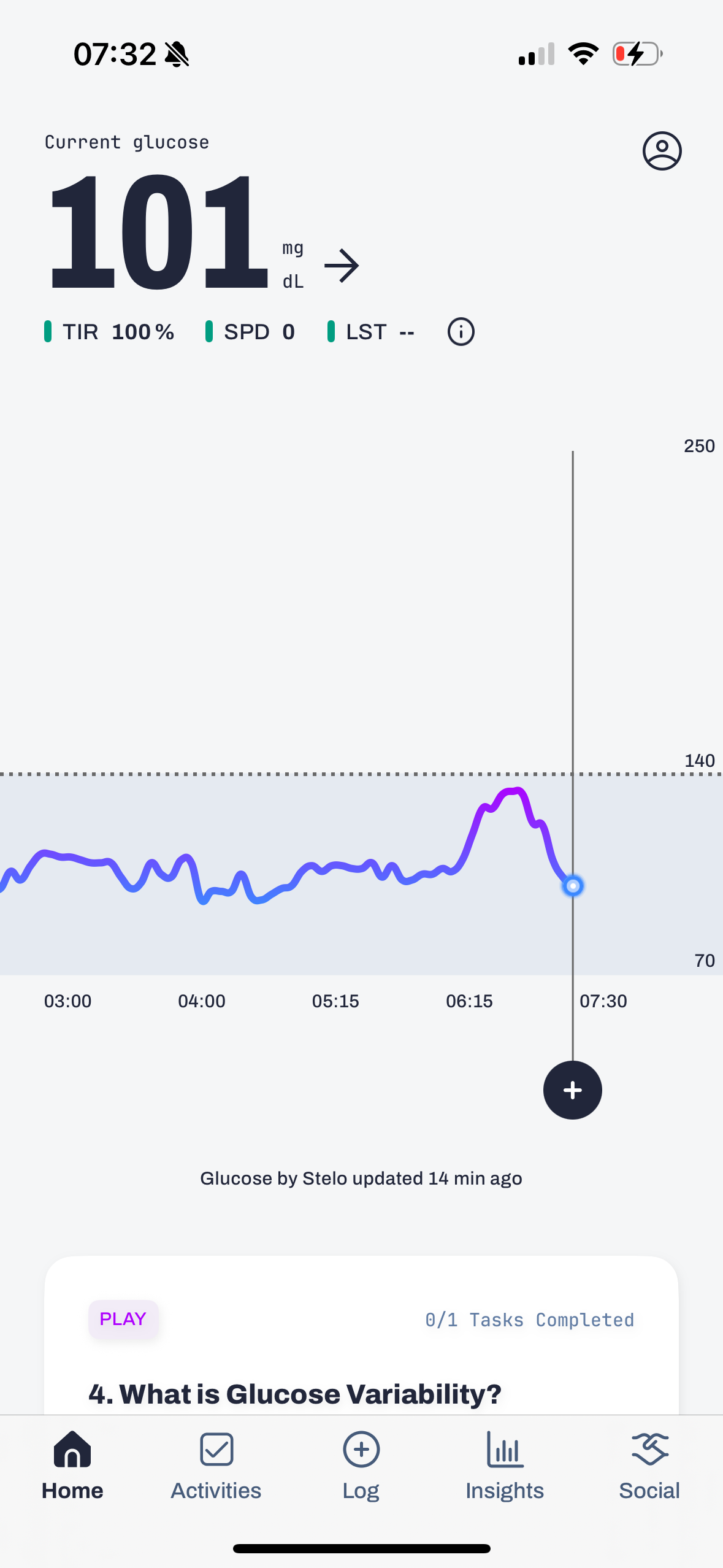





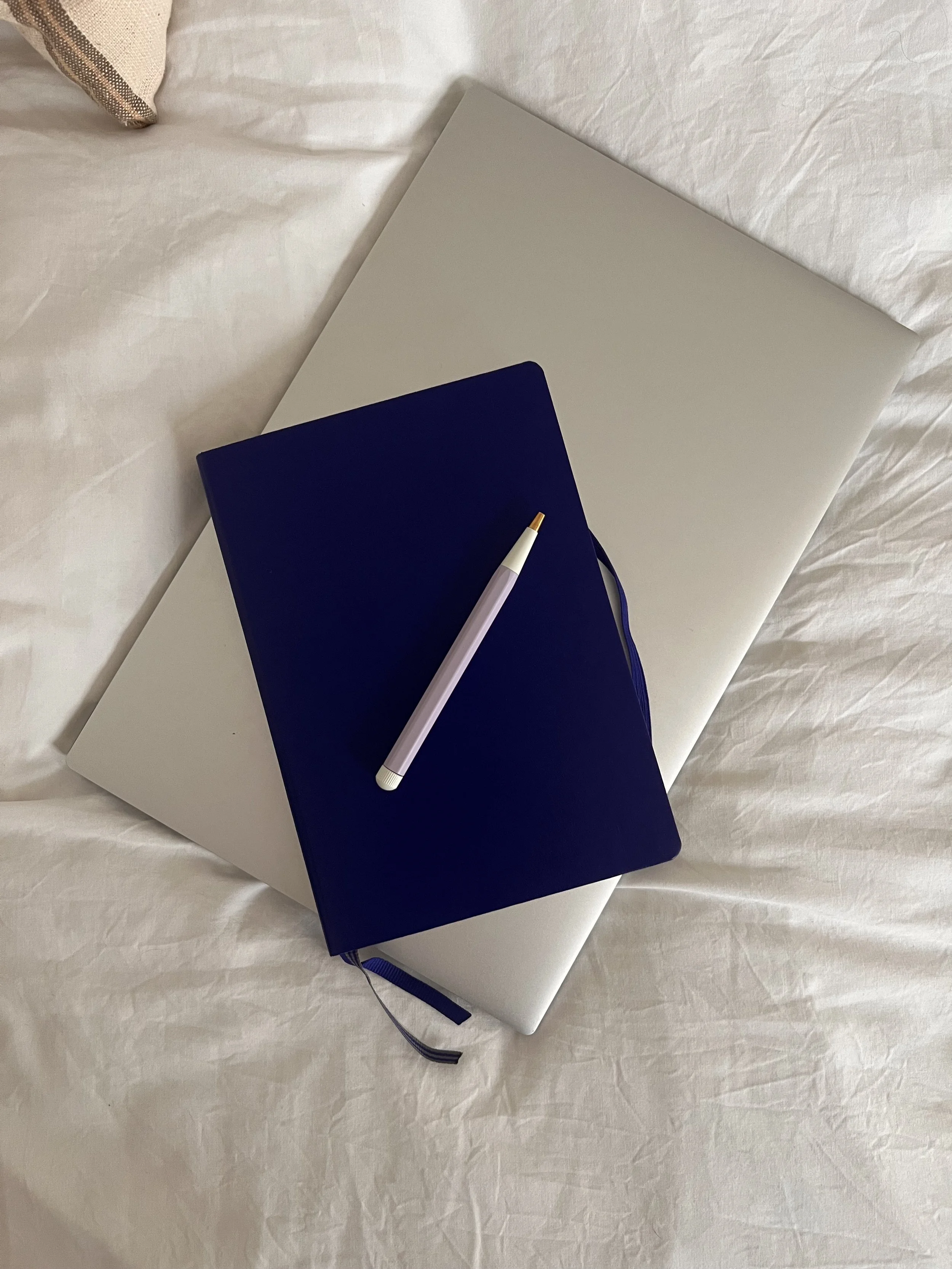

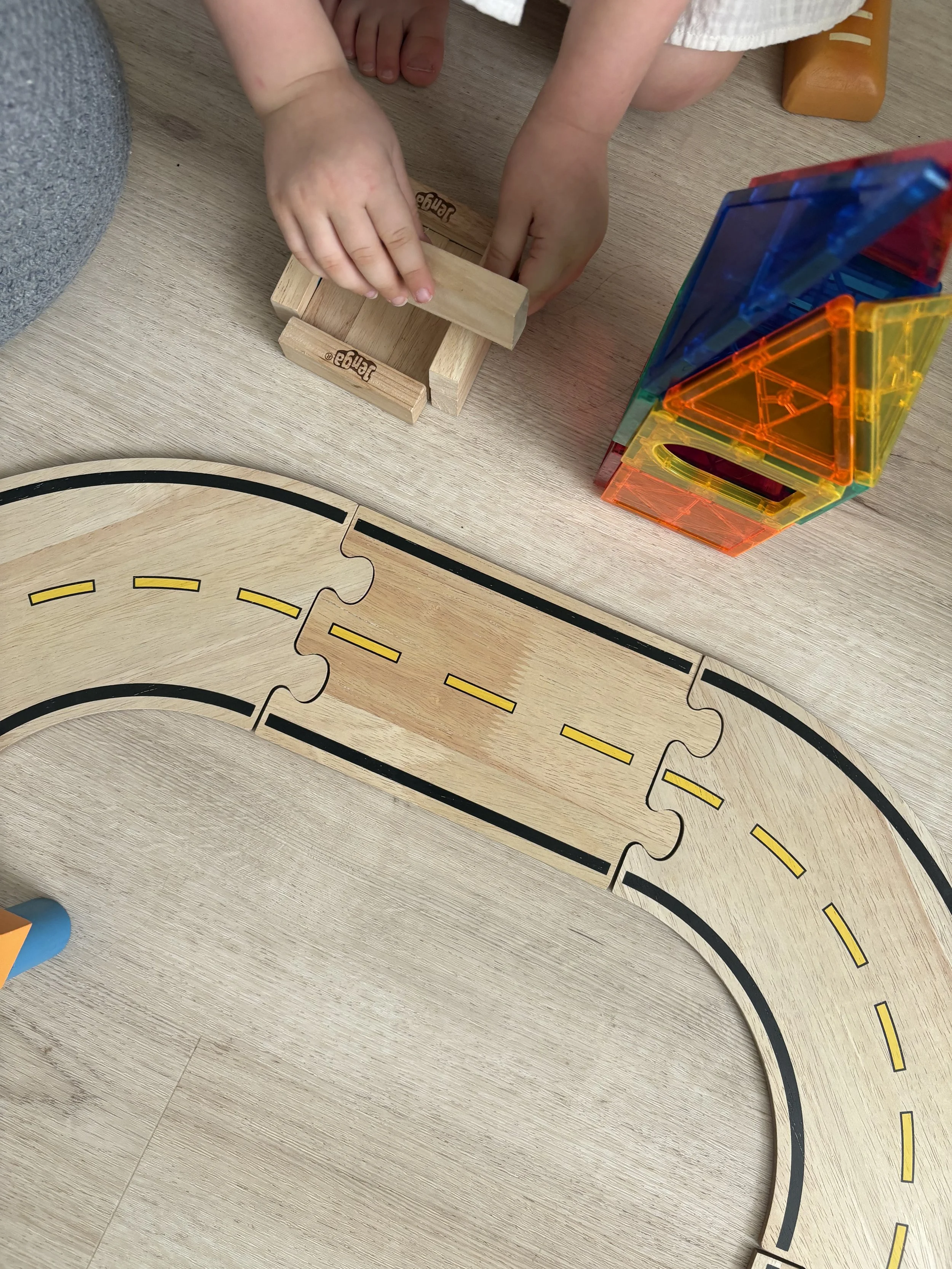
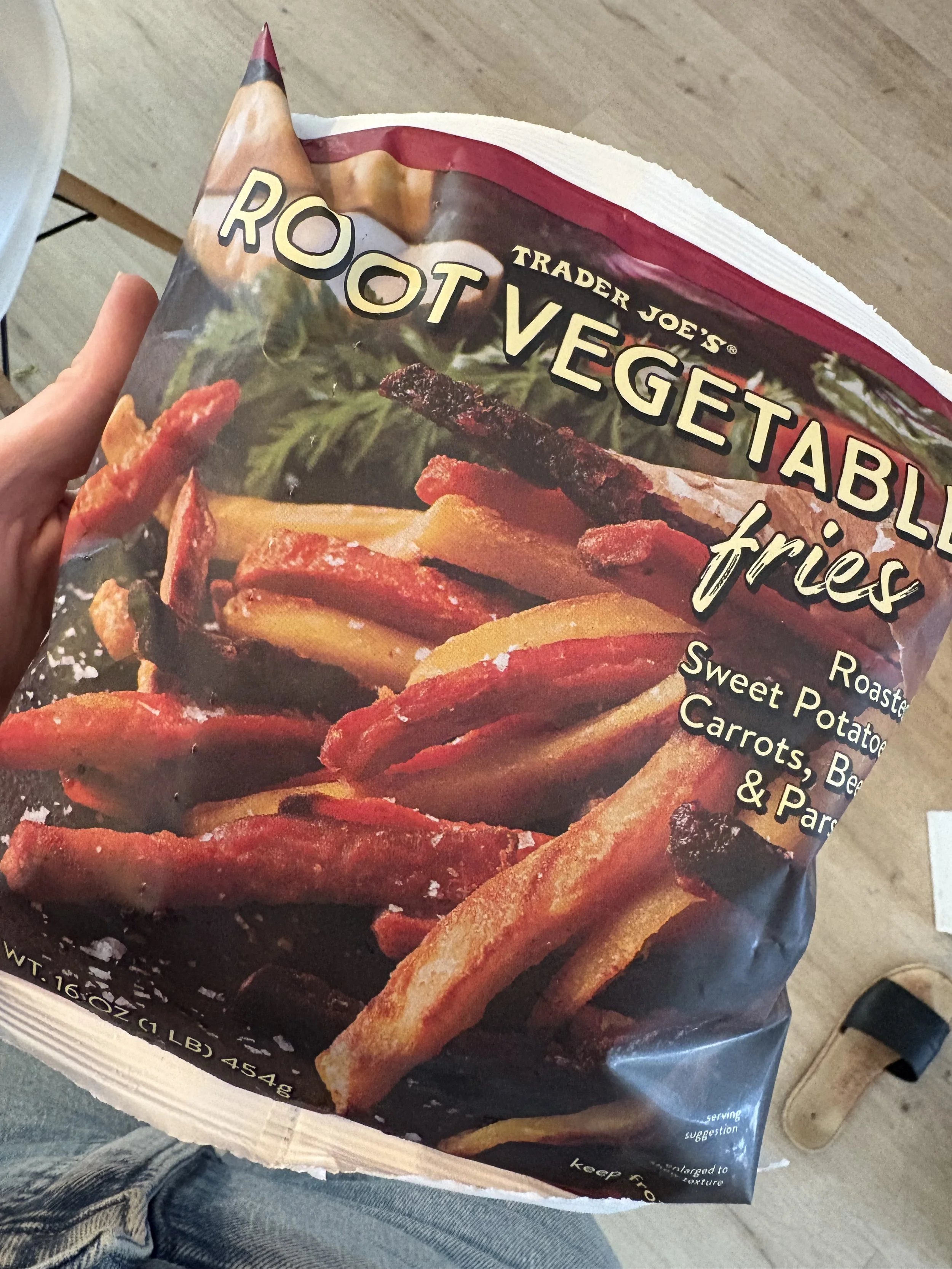

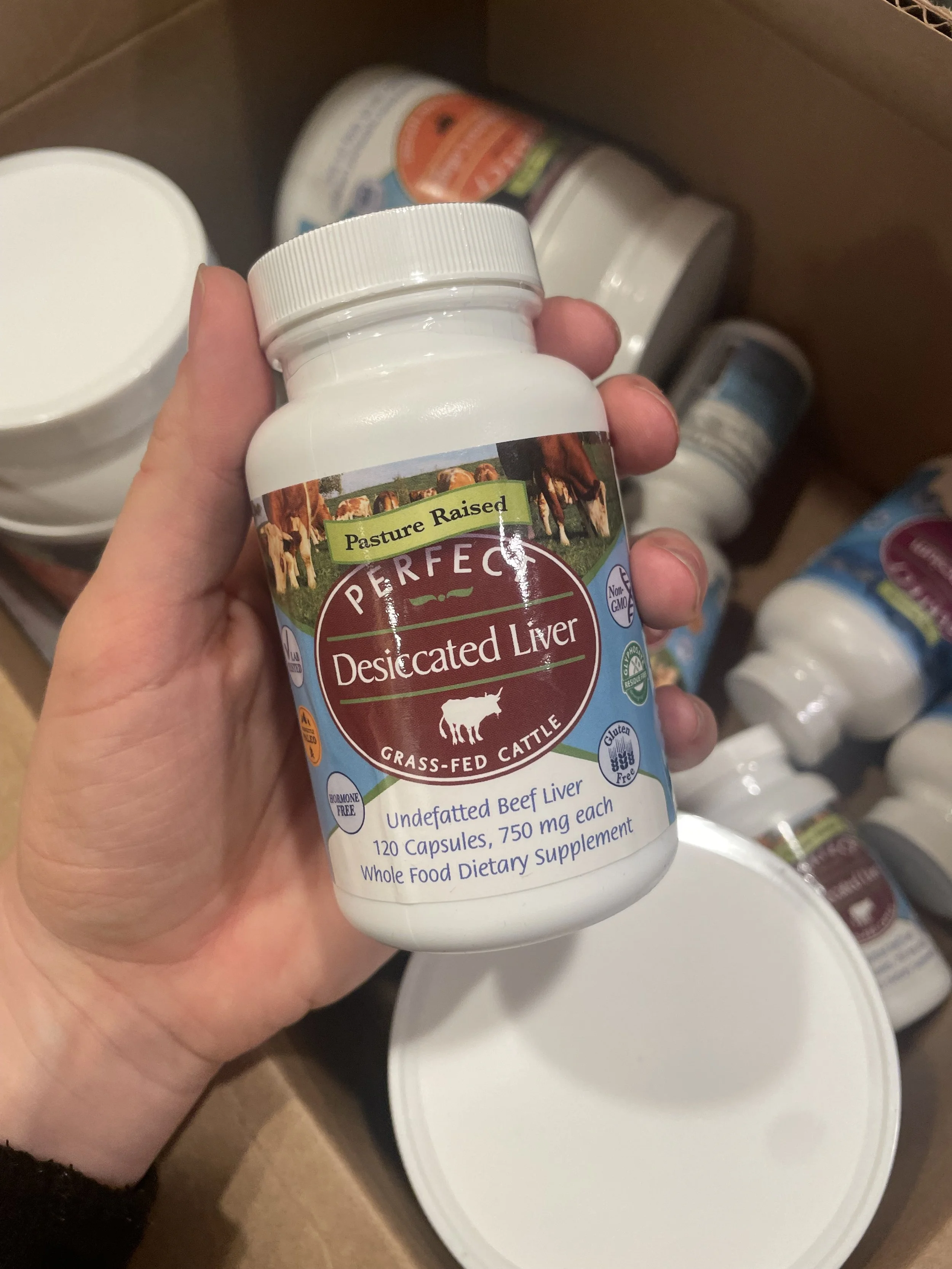
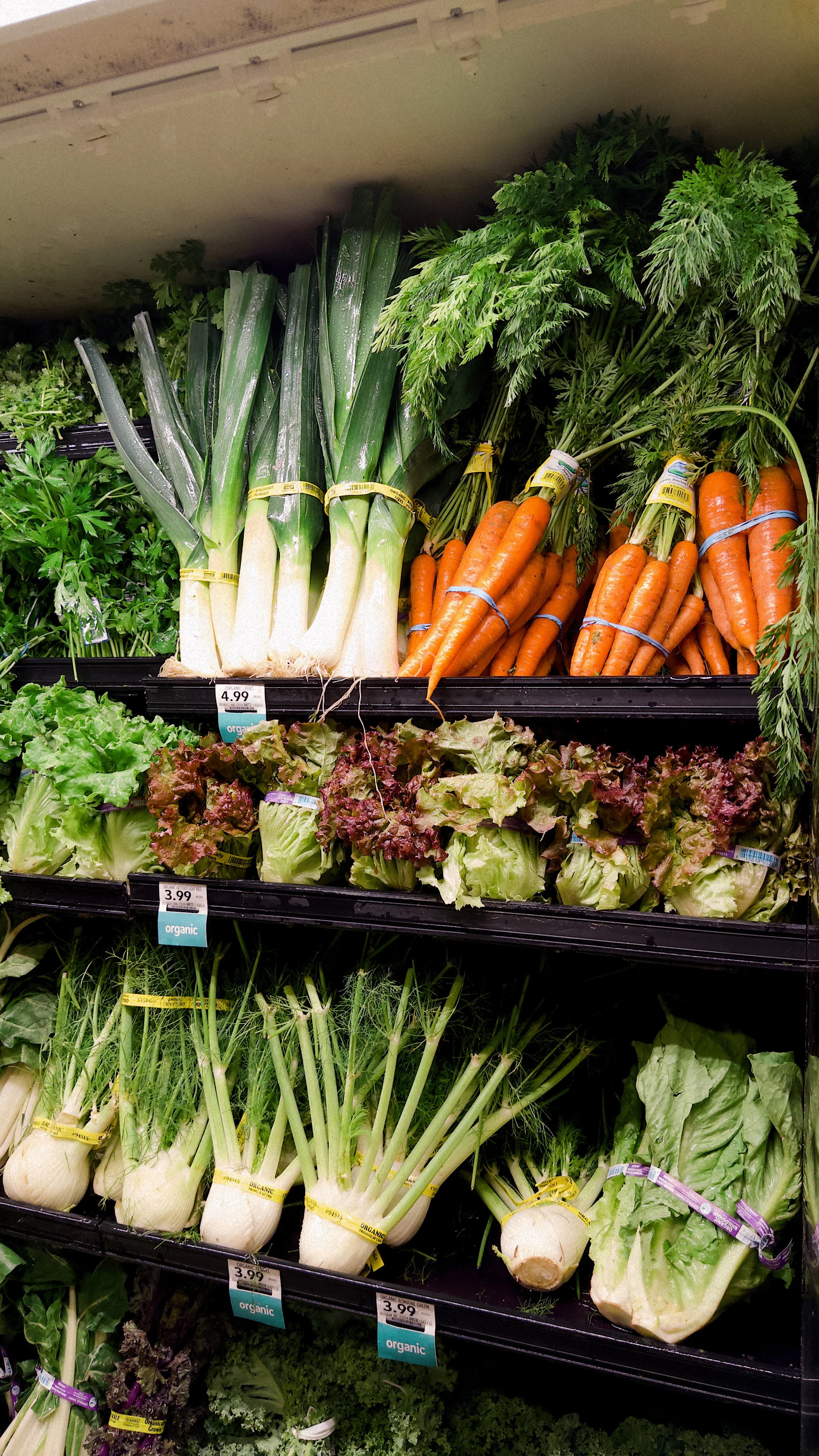




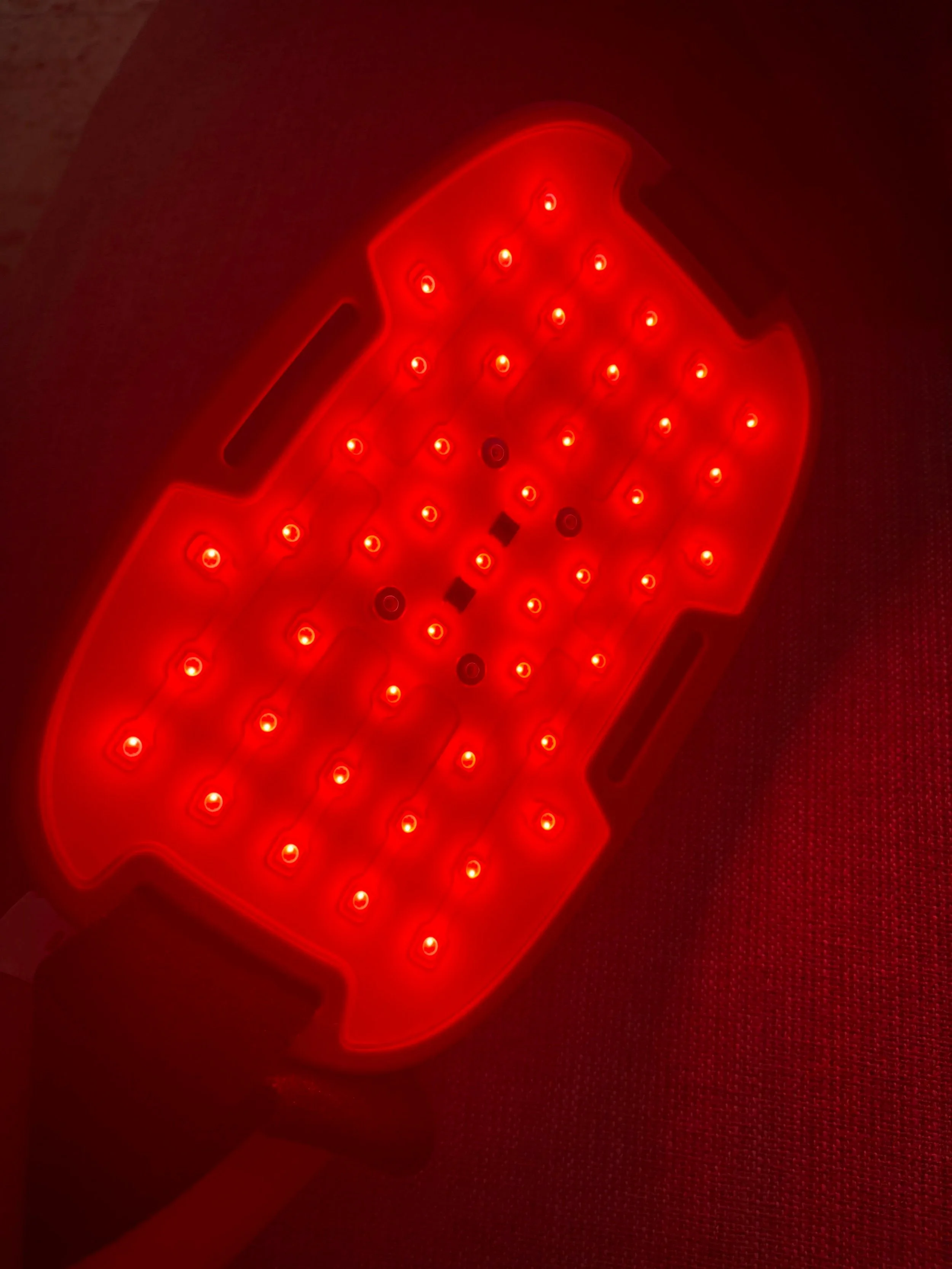
For those of you following my gray hair grow-out journey— here are the latest results from my gray blending appointment at the salon!